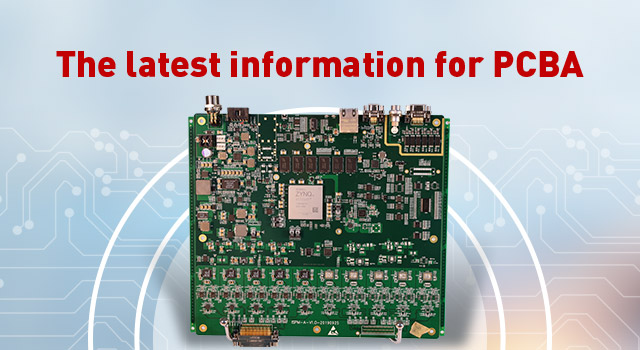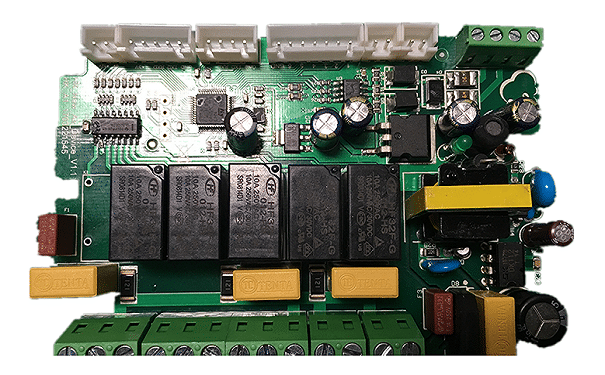
Main technics parameters of PCB assembly adhesive glue and dispenser
date:Jul 31,2019
Return listMain technics parameters of PCB assembly adhesive glue and dispenser
The main technicsparameters of adhesive glue and dispenser that the PCB manufacturer can change during the dispensing processare as follows:

(1) Rheological properties of the adhesiveglue. The rheology (thixotropy) of PCB assembled adhesivesgluemeans that the viscosity decreases rapidly at high shear rates, and the viscosity increases rapidly when shearing stops. Good rheology ensures that the adhediveglue flows smoothly from the needle and forms qualifiedglue dot on the PCB.
(2) The initial adhesive strength of the adhesiveglue. The initial adhesive strength of the PCB assembly patch adhesive is the strength of the adhesive glue before curing. It should be sufficient to resist the displacement strength of the bonded components.
(3) Glue point profile. The correct glue point profile has two main types: peak shape and round shape. The peak shape is formed by adhesive gluewith a higher yield value, and while the round shape by that oflower yield value. Compared with the peak shape, the formation of a round-shaped dot in the high-speed dispensing PCB assembly techinicshas more desirable bonding characteristics.
(4) Glue dotdiameter. The dot diameter GD is determined by the NID in the needle and the distance ND between the needle and the PCB.
Since the surface tension between the adhesive glue and the PCB must be greater than the surface tension between theadhesive glue and the needle, the tension is determined by the diameter GD of the glue point and the NID of the needle. For this reason, it is generally required that the two have the following relationship: GD>2NID.
(5) The height of the glue point. The PCB assembly dot height R should be at least greater than the pad height A and the SMC/SMD terminal metallization layer height B. The height of the gluedot affects the bonding strength. The ideal bonding strength generally requires that the glued point after the extrusion can adhere or touch at least 80% of the surface of the bonded SMC/SMD bonding zone. For this reason, R>2A+ Bis generally taken.
(6) Waiting/delay time. The waiting/delay time from the dispensing signal of the PCB assembly dispensing system to the flowingof the adhesivegluefrom the needle varies depending on the type of adhesiveglue, the structure, form and structure of the syringe and needle. The actual situation is selected and adjusted, generally between tens and hundreds of milliseconds.
(7) Z-axis recovery height. A reasonable Z-axis recovery height should ensure that the dispensing head has the correct detachment point "bounce off" effect after dispensing, and should not be too high, so as to avoid the waste of the "empty stroke" and reduce the working frequency of the dispensing. If the Z-axis return height is not enough, the glue point will be dragged when the needle moves, causing the drawing phenomenon.
(8) Time/pressure. The time/pressure value of the dispensing is set and adjusted according to the actual conditions of the dispensing device, the adhesiveglueand the bonded object. It should be noted that even with the same dispensing system and the same bonded object, the same time/pressure parameters will produce different PCB assembly dispensing effects when the amount of patch glue stored in the dispensing cartridge is different.
In short, different SMC/SMD have different technicsparameters. According to the PCB assembly type (shape, quality, etc.) of SMC/SMD, choosingthe proper thickness of glue, the number of glue points, the glue point directly, and the nozzle of the dispenser.
Technicsparameters such as coating pressure and time, coating operating temperature, etc.

